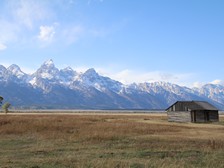You want to go to explore British Columbia, the far west of Canada? Follow me to find out what are the best things to do.
ITINERARY - CANADA: here is the full itinerary for a tour of Canada.
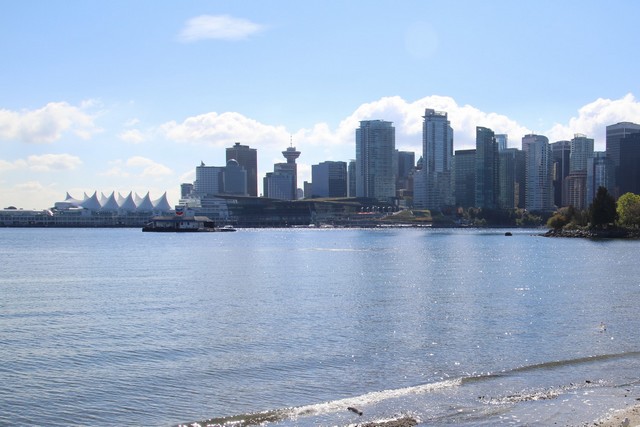
Let’s go to explore Vancouver and Victoria, the capital of British Columbia. It’s quite easy to find your way in Vancouver because the city is made of blocks. In addition, the main places to visit are almost all located close to the harbour. However, I highly recommend renting a car to visit the area. And renting a car directly from the airport will be really convenient. Here are some examples of situations when the car is useful: leaving and going back to the airport, going to Granville Island Market, getting to Stanley Park, going to the ferry terminal to go to Victoria which is located on Vancouver Island …
With that being said, let’s go to see the details of the schedule:
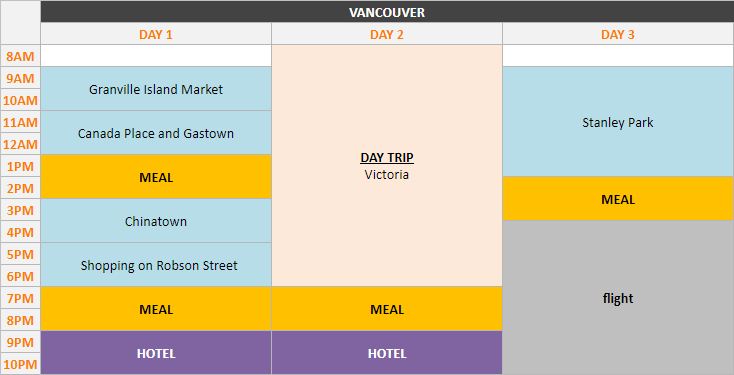
Day 1: discovering the city
Tip: you can also click on the link down below from your smartphone, to open the itinerary to follow on google maps: « Vancouver » walking tour
To start this first day in Vancouver, I recommend going to explore Granville Island Market. Try to get there early to be able to park your car. Especially since parking is free from 6 p.m. until 11 a.m. And as the market is open from 9 a.m. to 6 p.m., that will give you at least 2 hours of free parking, from 9 a.m. to 11 a.m. In the market, you can find everything from fresh produce to more specific produce including Vancouver salmon jerky, maple syrup, tea, Granville Island Brewing beer, and even artisanal products. You can also have lunch in the market, either at one of the many restaurants or by buying a sandwich!
Tip: however, to have fun, you can try taking the aquabus or a ferry to go to the market!
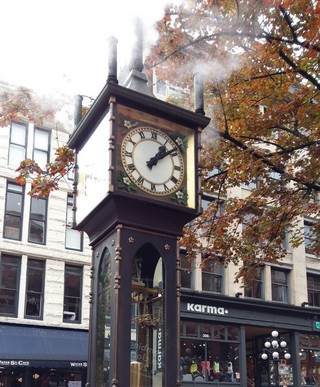
On your way back from the market, head to Gastown to have a look on the Steam Clock. Every 15 minutes, the clock whistles and makes some steam. Next, head to the harbour to stroll through Canada Place following the Canadian Trail which is divided into 13 equal sections representing the 10 provinces and the 3 territories of Canada. Once finished, continue walking along the harbour and you’ll come across the Olympic Cauldron which opened the ceremony of the 2010 Vancouver Olympic Games. On the way you should also see two very original statues: « The Drop » and « Digital Orca ».
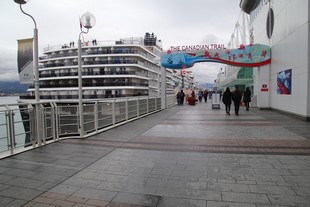
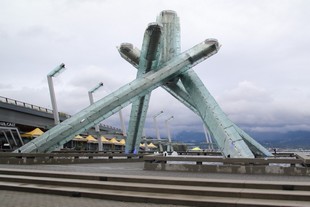
Then head to Chinatown where you can have lunch if you feel like it. To explore the area, you can begin by going to the beautiful garden of Dr Sun Yat-Sen. Then, you can also visit the small shops that sell Asian food or even go shopping for cheap souvenirs. However, don’t get too far away from the district because there are drug sellers and drug addicts everywhere.
And at the end of the day, you can go strolling and shopping on Robson Street. You can also dine in the neighborhood.
Day 2: Victoria!
To start this day trip to Victoria, you’ll have to take a ferry because the city is located on Vancouver Island. The ferry has to be taken from Tsawwassen Ferry Terminal which is about 45 minute drive from Vancouver. If you don’t have a car you can also get there by bus. Back then I had left my car at the ferry terminal parking lot for $16 a day. And the ferry ticket costs $17 per person for one-way and the same amount for the return. The crossing takes about one and a half hours and once arrived at Victoria’s Swartz Bay terminal you’ll have to take a bus to reach downtown Victoria, the journey takes about 30 minutes. So it’s important to be aware that the entire journey takes 2 hours to go and 2 hours for the return. However, you’ll be able to enjoy the landscape during the crossing!
Tip: you can make the crossing with your car, but I don’t think it’s worth it because it’s quite expensive and the city is totally walkable.
Tip: you can also click on the link down below from your smartphone, to open the itinerary to follow on google maps: « Vancouver » walking tour
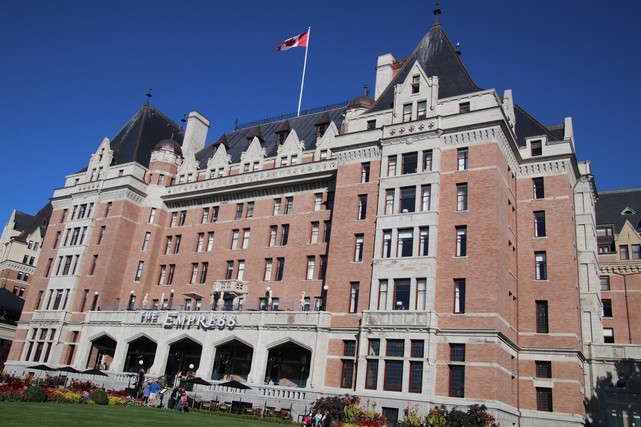
Once arrived downtown, the tour of the city can begin. First, you can go to have a look at the architecture of The Empress Hotel, which is located opposite to the small harbour. Then you must go to visit the Parliament of British Columbia. The building itself is very beautiful and the inside can be visited via a self-guided tour. A small leaflet is given at the entrance. They also offer free guided tours of the outside of the building.

Once the tour is over, head to Fisherman’s Wharf which is a kind of harbour with a few shops and restaurants located along the pier. So you can have lunch there.
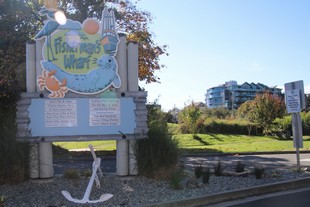
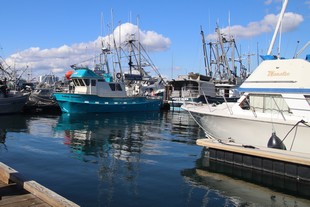
After lunch, I recommend going to visit Chinatown, which is the oldest Chinatown in Canada. Over there, the names of the streets are written on signs with a red background and are translated in Chinese, there are also Chinese-style streetlights. This Chinatown is really nice.
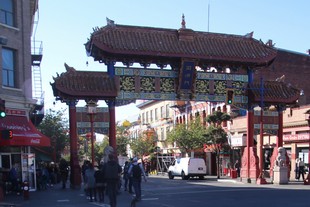
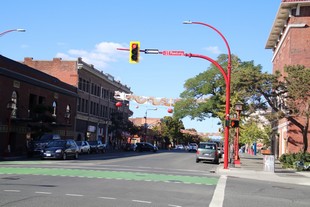
If you have some time left, you can go for a walk at Beacon Hill Park, but make sure not to miss the last bus of the day that will bring you back to the ferry terminal!
Day 3: Stanley Park
For this last morning in Vancouver, you need to go to explore Stanley Park which is really big! Back then, I had been there by car and had made some stops at the different points of interest, parking is available at each stop. But you can also visit the park by bike. A map is given at the entrance of the park.

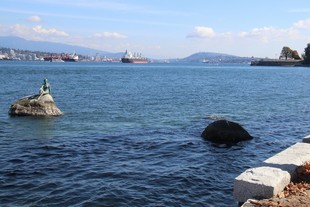


Tip: if you follow the route I took, after visiting Stanley Park, it will be time to take a flight to get back home. You can have lunch in town before going to the airport, or even once arrived at the airport.
Tips
Money
Canadian dollars
To get Canadian dollars, there are, to me, 2 excellent ways:
- Global Alliance: if your bank is a member of this alliance, then you can withdraw cash at any of the cash withdrawal machines of the Scotiabank in Canada with your credit card. They don’t take commission and have one of the best rates.
Tip: for example, the members are:
- Bank of America or Bank of the West in the USA
- Barclays in the UK
- Westpac in Australia and New-Zealand
- BNP Paribas or Hello Bank in France
- Currency exchange offices: you can also carry some cash and go to change it over there (or even change it before going). And if you need money at the airport, just change what you need there, you’ll change the rest in town.
Note: while in Canada, take a good look at the banknotes, you will notice that they are all made of plastic!
Taxes
Purchases
In Canada, like in the U.S., all stores display prices without tax. The tax is approximately 15% in Quebec, Ontario and British Columbia (7% to 10% provincial tax and 5% federal tax). So you just need to know that the price will be higher at checkout. However there is an exception on all unprocessed food because the tax doesn’t apply.
Restaurants
If you are planning on going to the restaurant, be aware that the bill can quickly become very expensive because on top of the price of the meal is added the 15% tax and you also have to add 15% tip. Basically, when paying the bill, you have to add twice the amount of the tax!
Hotels
Hotels located in downtown Vancouver are pretty expensive, so to save money I recommend staying in the suburb. If you rent a car to visit Vancouver it won’t be a big deal.
During my trip, I stayed at the Days Inn by Wyndham Vancouver Metro hotel. It’s good value for money.
Description: comfortable and functional rooms. The bathroom is provided with a bathtub. Breakfast is included into the price of the room. It’s a kind of buffet, with corn flakes, oatmeal, toasts, milk, coffee, juices, fruits …
Price: about €65 per night for 2 people, in September.
Location: the hotel is located halfway between downtown Vancouver and the airport.
| Pros | Cons |
|---|---|
| comfortable and decent sized rooms | - |
| good value for money | - |
| breakfast included | - |
| convenient location | - |
Transportation
Car
Renting a car to visit Canada is definitely the best solution. It gives you a lot of freedom, you can go anywhere you want to go at any time! You won’t need an international drivers licence for a trip up to 3 months, it can be up to 6 months in some provinces. Just remember to take out CDW (included into Gold Mastercards and Visa Premier cards) and LIS insurance when renting a car. And I highly recommend considering renting a car in one city and returning it in another, that way you won’t have to drive all the way back. Last thing to know, renting a car from the airport is not more expensive than renting it in the inner city!
Tip: to park in the city, it’s better to go to underground car parks rather than parking on the street because the price is often the same. The advantage of car parks is that they allow you to park for an indefinite period, you pay for the number of hours parked, while street parking is usually limited to a few hours.
Please note: during rush hour, street parking spaces are removed to allow the opening of an additional lane for cars. So if it is written $2 per hour from 2 p.m. to 4 p.m. then $1 per hour from 6 p.m. to 8 p.m., parking is often prohibited from 4 p.m. to 6 p.m.!
Very often in Canada, the parking meter ticket should be kept with you and not displayed on the dashboard. Sometimes street parking is free for 3 hours, but there is nothing to do. You just have to park and remember to leave within 3 hours.
GPS
To be able to find your way when driving the car, there are several options available:
- Google MAPS: it works even without any connection, it’s just that there won’t be traffic information. All you have to do is to save the maps before going or even once there, as long as you have an internet connection. To do so, on your smartphone, in the application, click on your profile picture at the top right of the screen, then click on « offline maps ». And then click on « select your own map » and zoom out the map until you see the area you want to save. You have to repeat the operation several times if the area to be saved is too large.
- GPS rental from the rental car company: you can rent an optional GPS from the rental car company, but it’s pretty expensive and you won’t have traffic information either. In my opinion, this is not an option to consider. However, if you are renting a high-end car, there is frequently a GPS already available in the car, so without extra charge. But you won’t know it until you get on board, because no one will tell you, either at booking or when getting the keys. For example, when I arrived at Montreal airport, as I had requested to return the car to Toronto and that they only had 2 cars registered from Ontario that had to return to Toronto, I got a « free upgrade » for an Audi A4 which had a GPS on board!
Thanks for reading :)




